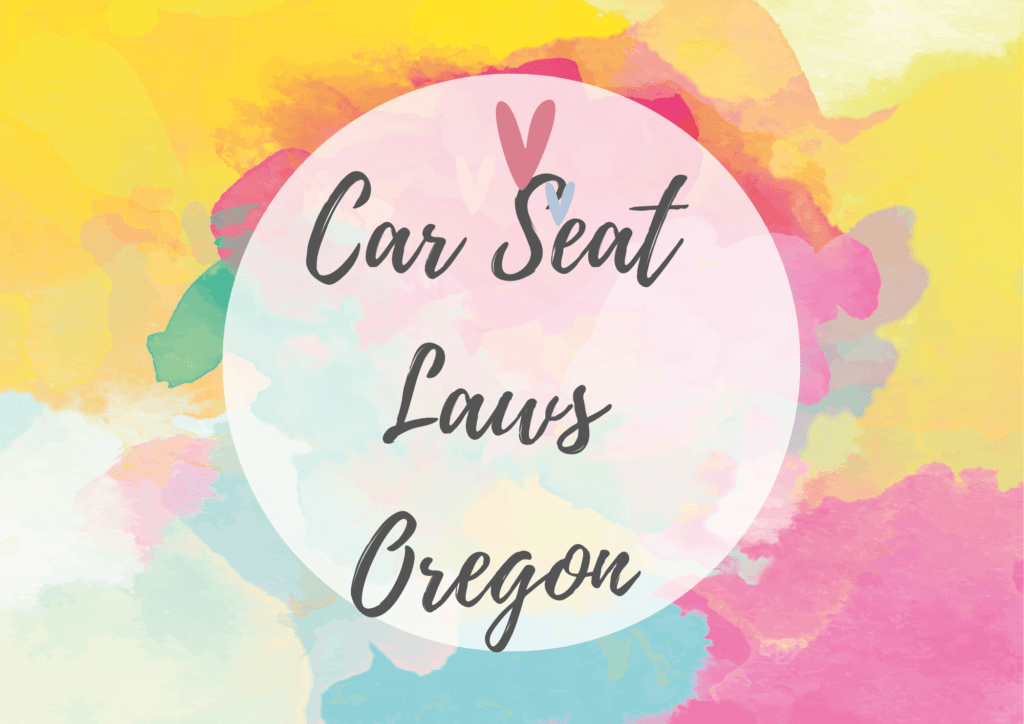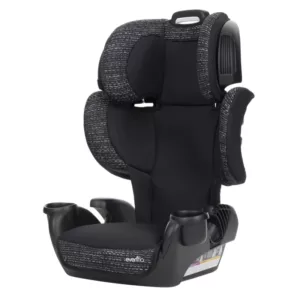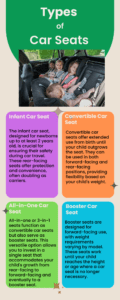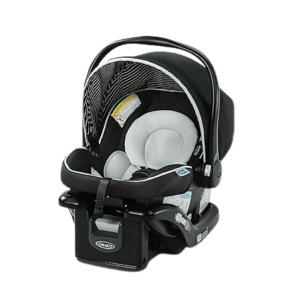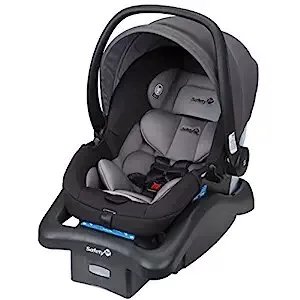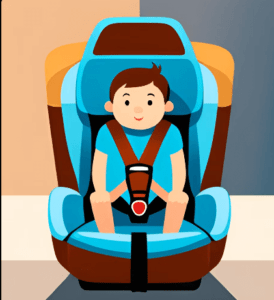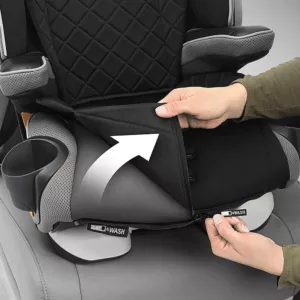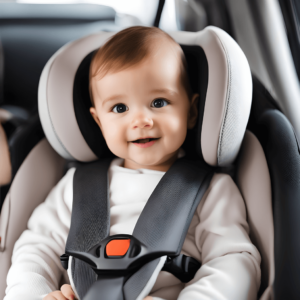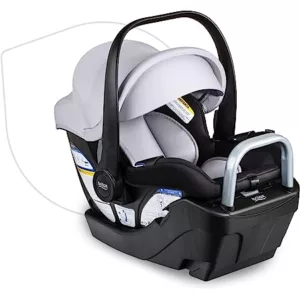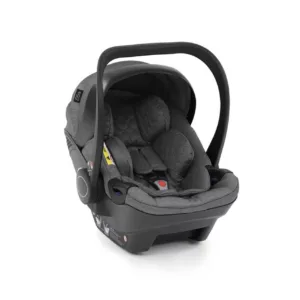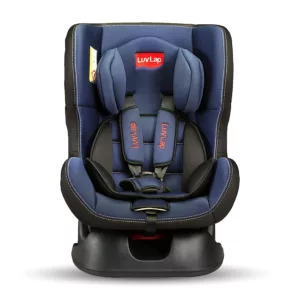Discover the ins and outs of Car Seat Laws Oregon, including Oregon Car Seat Safety Laws. Ensure your child’s safety on the road with expert guidance and compliance tips.
Thank you for reading this post, don't forget to subscribe!Like many states, Oregon has stringent laws and guidelines to protect young passengers. Understanding Oregon car seat laws and safety regulations is crucial for every parent or guardian. Let’s delve into the specifics of Oregon Car Seat Safety Laws and best practices to keep our children safe on the road.
Table of Contents
ToggleInfo-Graphics Oregon Car Seat Laws:
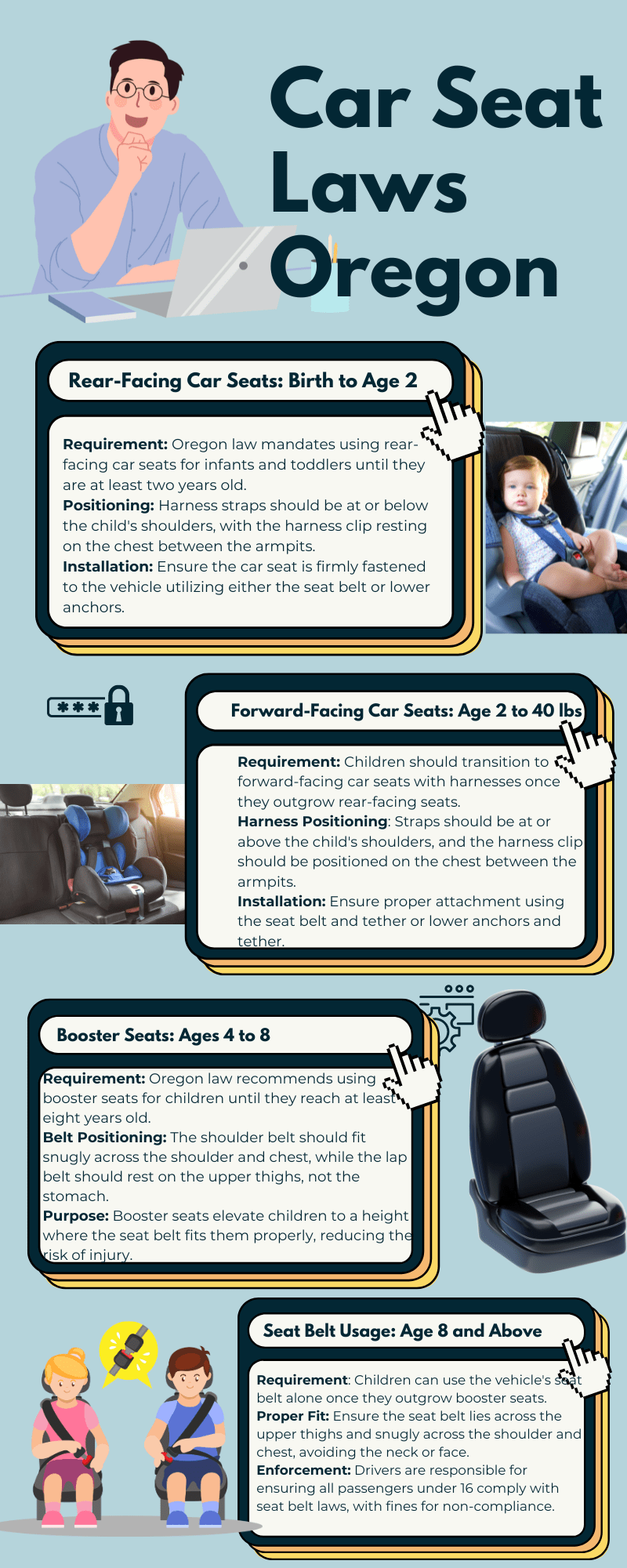
Oregon Car Seat Laws: A Comprehensive Guide
Oregon car seat laws encompass various age groups and seat types to ensure that children are adequately protected during car journeys. It’s essential to adhere to these laws to prevent potential injuries and provide the well-being of young passengers.
Rear-Facing Car Seat Laws Oregon: Birth up to at Least Age 2
According to Car Seat Laws Oregon, the use of rear-facing car seats is mandated for infants and young toddlers. This condition applies until the child is at least two years old or surpasses the weight and height thresholds specified by the car seat manufacturer. Proper installation and positioning are critical for the effectiveness of rear-facing car seats.
Ensure that the harness straps are correctly placed either level with or below the child’s shoulders, while the harness clip should be situated securely on the chest, nestled between the armpits.
Moreover, it is imperative to securely fasten rear-facing car seats to the vehicle utilizing either the seat belt or the lower anchors. It’s crucial to avoid placing a rear-facing seat in front of an active airbag to prevent potential harm to the child.

Forward-Facing Car Seat Laws Oregon: Age 2 up to 40 lbs.
Once a child outgrows the rear-facing car seat, transitioning to a forward-facing car seat is the next step. Car Seat Laws Oregon require children to remain in a forward-facing car seat with a harness until they reach at least 40 pounds or meet the height and weight limits the car seat manufacturer sets.
Proper harness positioning and installation are imperative to ensure optimal safety. Ensure that the shoulder straps are correctly adjusted to either level with or above the child’s shoulders, with the harness clip positioned securely on the chest, nestled between the armpits.
Like rear-facing seats, forward-facing car seats must be securely attached to the vehicle using either the seat belt and tether or lower anchors and tether.
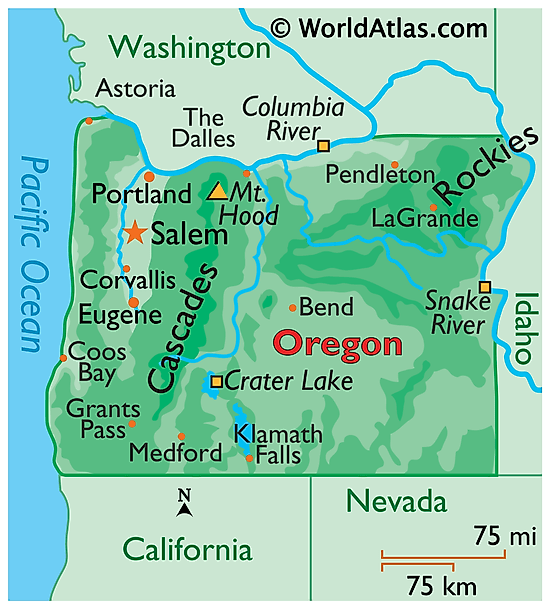
Oregon Car Seat Law Booster Seat: Age 4 up to at Least Age 8
As children age, transitioning to a booster seat is necessary for continued protection. Oregon car seat law recommends that children ride in booster seats until they reach at least eight years of age or until they can safely use the vehicle’s seat belt without assistance.
Booster seats aid in properly aligning the seat belt on the child’s body, ensuring effective restraint during a collision. Booster seats assist in aligning the seat belt appropriately on the child’s body, maximizing restraint effectiveness in the event of a crash.
Correct positioning of the seat belt is vital when using a booster seat. The shoulder strap should fit securely over the shoulder and chest, while the lap belt should be positioned across the upper thighs, avoiding the stomach area. Booster seats help elevate children to a height where the seat belt fits them properly, reducing the risk of injury.
Seat Belt Oregon Car Seat Safety Laws: 8+ Years
Oregon’s regulations on car seat safety stipulate that when a child surpasses the requirement for a booster seat, they are permitted to switch to using the vehicle’s seat belt independently.
However, the Oregon car seat law emphasizes ensuring the seat belt fits appropriately for children aged eight and above. A properly fitting seat belt should lie across the upper thighs, not the stomach, and snugly across the shoulder and chest, avoiding the neck or face.
It is essential to prioritize the safety of all occupants, regardless of age or seating position. Children aged under 16 are required to utilize a seat belt or employ an approved child safety restraint system. It is the responsibility of drivers to ensure that all passengers under 16 adhere to these guidelines, with penalties imposed for any failure to comply.
Additional Considerations and Safety Tips: Oregon Car Seat Safety Laws
In addition to adhering to Oregon car seat safety laws, there are several additional considerations and safety tips to keep in mind:
- Car Seat Authenticity: With the rise of counterfeit and non-compliant car seats in the market, ensuring that your car seat meets federal safety standards is essential. Avoid purchasing car seats from unreliable sources and verify their authenticity before use.
- Proper Installation: Improper installation of car seats significantly reduces their effectiveness in protecting children. Take advantage of safety inspections offered by certified technicians to ensure your car seat is installed correctly.
- Regular Inspections: Regularly examine your child’s car seat to verify its continued good condition and suitability for their size and weight. Replace car seats involved in accidents, as they may have sustained damage, compromising their effectiveness.
- Educational Resources: Take advantage of educational resources and programs offered by organizations such as OHSU Doernbecher Children’s Hospital to learn more about car seat safety and best practices for traveling with children.
Parents and caregivers can significantly minimize the chances of injuries and provide a safer journey for young travelers by prioritizing child safety and following Oregon’s car seat regulations.
Final Verdict: Car Seat Laws Oregon
In conclusion, safeguarding the well-being of our children during travel is a responsibility that every parent and guardian must prioritize. Oregon car seat laws and safety regulations are vital pillars in protecting young passengers on the road. Understanding and adhering to these laws can significantly mitigate the risk of potential injuries and create a safer environment for our children.
Oregon’s comprehensive car seat laws cover various age groups and seat types, emphasizing the importance of proper installation and usage. At every developmental stage, from utilizing rear-facing car seats for infants to adopting booster seats for older children, thorough attention is given to ensure maximum safety and protection.
Additionally, it is essential to supplement compliance with car seat laws with additional safety measures. Verifying the authenticity of car seats, ensuring proper installation, conducting regular inspections, and educating ourselves on best practices are crucial steps in enhancing child safety during travel.
By investing in our children’s safety today and embracing the guidelines set forth by Oregon car seat laws, we pave the way for a brighter and safer future for the next generation of passengers. Let us remain steadfast in our commitment to prioritizing child safety on the road, knowing that our efforts today will yield invaluable dividends in the future.
Frequently Asked Questions:
What is the age and weight of car seats in Oregon?
- In Oregon, children must use car seats from birth up to at least age 2 or until they reach the height and weight limits specified by the car seat manufacturer. Rear-facing car seats are recommended during this period for optimal safety.
What weight does a child have to be to be in a booster seat in Oregon?
- From then on, children should use a booster seat until they reach at least eight years of age or until they can safely use the vehicle’s seat belt without assistance. No specific weight requirement is mentioned in the law, but the emphasis is on ensuring that the seat belt fits the child correctly.
When can a child stop using a booster seat in Oregon?
- Children in Oregon should continue using a booster seat until they reach at least eight years of age or until they can safely use the vehicle’s seat belt without assistance. It ensures that the seat belt fits them properly for effective restraint.
Are there specific guidelines for installing car seats in Oregon?
- Certainly! Oregon recommends correctly installing car seats to guarantee the utmost safety for children. Parents and caregivers are urged to consult the car seat and vehicle manuals for accurate installation instructions. Furthermore, certified technicians are available to conduct safety inspections and provide assistance with proper installation techniques.
Are there fines for non-compliance with car seat laws in Oregon?
- Yes, in Oregon, drivers can face penalties for failing to ensure that passengers under one are appropriately restrained according to car seat laws. The fines serve as a deterrent to encourage compliance with safety regulations and protect the well-being of young passengers.
Is it safe to purchase car seats in Oregon in line?
- While buying car seats online may seem convenient, ensuring that the seat meets federal safety standards and is not counterfeit is essential. Oregon encourages parents to verify car seat authenticity before purchasing and avoid unreliable sources.
Related Resource:
- Montana Car Seat Laws
- Booster Seat Laws NC
- Virginia Car Seat Laws
- North Carolina Car Seat Laws
- Virginia Drive Smart Annual Report
- Booster Seat Laws Va
- South Carolina Car Seat Laws
- Florida Car Seat Laws
- California Car Seat Law
- NJ Car Seat Law
- Car Seat Laws Missouri
- CT Car Seat Laws
- Louisiana Car Seat Laws
- Oklahoma Car Seat Laws
- Indiana Car Seat Laws
- Washington Car Seat Laws Govt.
- Washington Car Seat Laws
- Alabama Car Seat Laws
- Arkansas Car Seat Laws
